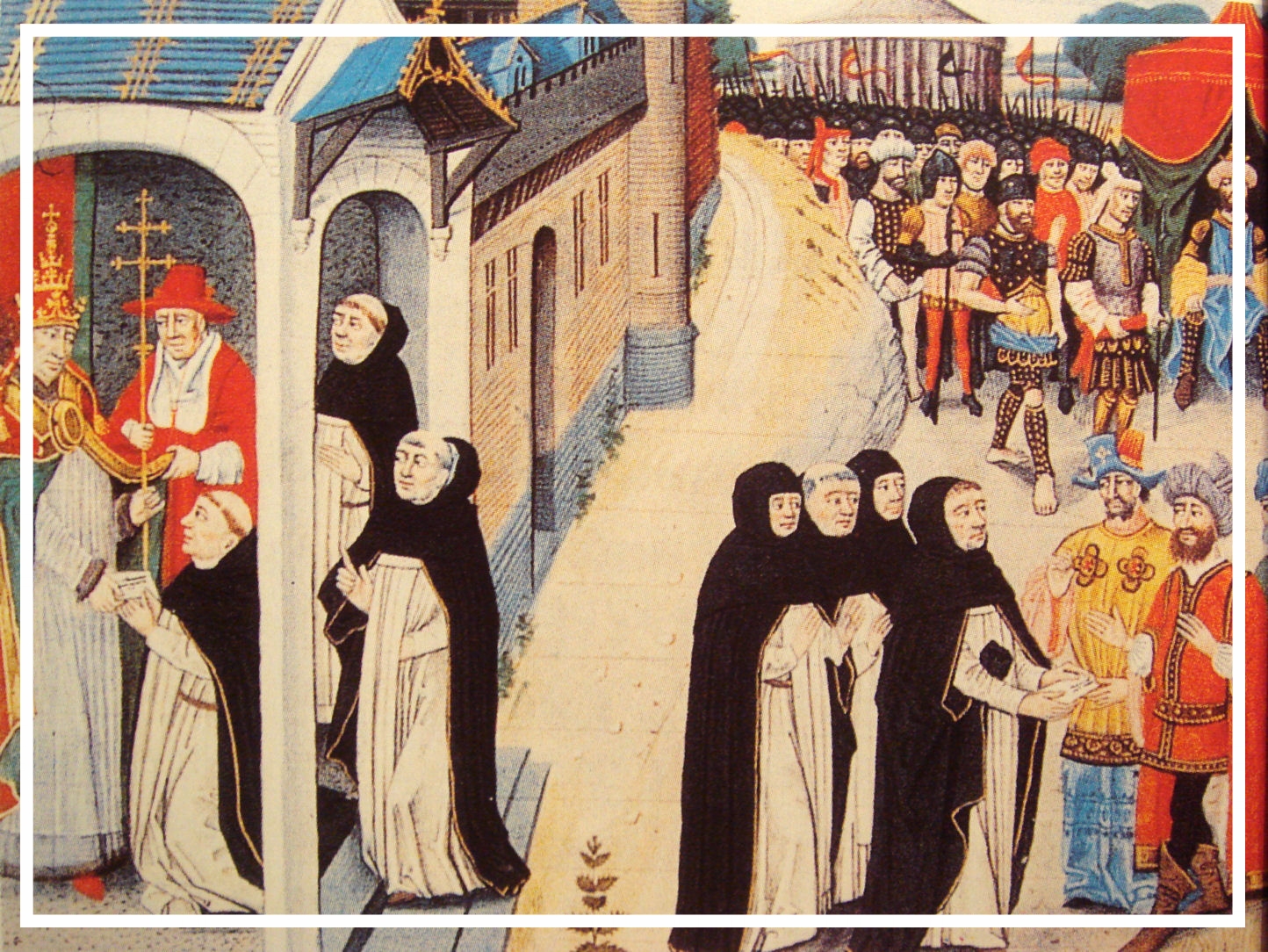Giovanni Carpine starts off a new series and a new set of travellers in the surprisingly interconnected world of the 13th century. Over the next number of episodes, I'll be focussing on contacts between Latin Christian Europe and the Mongols, and the travellers who went one way or another in establishing those contacts. Up first, Carpine is sent east in 1245 to find the Mongols, learn everything he can about them, and deliver a letter from Pope Innocent IV. Thanks for listening!
PS. I would also like to clarify one point here (aside from some questionable pronunciation of Mongol names, I mean). Early in the episode, I say that the Mongol raiding parties reached as far west as Vienna. Actually, they went further west than that in Croatia.
(MP3)
If you like what you hear, my Patreon is here, my Ko-fi is here, and Paypal is here.
Sources:
Carpini, Giovanni. The Story of the Mongols: Whom we Call the Tartars, translated by Erik Hildinger. Branden Books, 1996.
The Mongol Mission: Narratives and Letters of the Franciscan Missionaries in Mongolia and China in the Thirteenth and Fourteenth Centuries, edited by Christopher Dawson. Sheed & Ward, 1955.
The Secret History of the Mongols, translated by Urgunge Onon. RoutledgeCurzon, 2001.
Jackson, Peter. The Mongols and the West: 1221-1410. Pearson Longman, 2005.
Jackson, Peter. "Medieval Christendom's Encounter with the Alien." In Travellers, Intellectuals, and the World Beyond Medieval Europe, edited by James Muldoon, 347-369. Routledge, 2016.
Marshall, Robert. Storm from the East: From Genghis Khan to Khubilai Khan. University of California Press, 1993.
Morgan, David. The Mongols. Blackwell, 1986.
Rachewiltz, Igor de. Papal Envoys to the Great Khans. Faber & Faber, 1971.







